
Understanding Google Crawl Budget in Digital Journalism
Welcome, aspiring journalists of the Philippines! In today's rapidly evolving digital landscape, mastering online content strategies is key to reaching your audience effectively. One crucial yet often overlooked element in digital marketing and SEO is the Google crawl budget. If you’re keen on optimizing your news website or blog to maximize visibility on Google, understanding crawl budget allocation will give you a competitive edge.
In this extensive guide, we’ll explore what the Google crawl budget is, why it matters, and how you can optimize it to ensure your valuable journalistic content is indexed efficiently by Google’s crawler. Let’s dive in!
What is Google Crawl Budget?
The Google crawl budget is the number of pages Googlebot, Google's web crawler, will crawl on your website within a given timeframe. Essentially, it's a limit set by Google that dictates how many URLs the crawler can fetch from your site without overwhelming your server.
Why does Google impose such a limit? Because crawling consumes server resources and bandwidth; Google wants to crawl as much as possible while maintaining a positive user-experience on the source website. The crawl budget balances between thorough indexing and website performance.
Key Components of Crawl Budget
- Crawl Rate Limit: This reflects the maximum fetching rate Googlebot will use to avoid overloading your server.
- Relevant Crawl Demand: The number of pages Googlebot wants to crawl based on your site's popularity, content freshness, and errors encountered.
The resulting crawl budget is a product of these factors, determining how many URLs Googlebot explores during each visit.
Why Should Journalism Students in the Philippines Care about Crawl Budget?
In the context of Philippine digital journalism, where regional news outlets, community blogs, and online news portals are vying for visibility, crawl budget management becomes critical. Google’s indexation speed can directly impact how quickly your breaking news or investigative report appears in search results.
Imagine you’re running a news portal covering local Philippine events like elections or typhoon updates. Optimizing your crawl budget ensures that fresh, relevant pages appear promptly, increasing readership and authority.
The Relationship between Crawl Budget and Website SEO
Google's crawl budget is deeply intertwined with your website’s SEO performance. A well-managed crawl budget helps Google discover and index your important pages efficiently, directly influencing your search engine ranking and organic traffic.
A large website with thousands of articles—as many news outlets in the Philippines have—can often suffer from Googlebot missing fresh or updated content if crawl budget is mismanaged. This reduces your content’s chances of ranking and being found by readers.
Real-Life Example: A Philippine News Blog
Consider a popular local news blog in Manila reporting on daily current events. The website has over 5,000 articles but does not optimize its crawl budget. Googlebot repeatedly crawls outdated and low-priority pages, while fresh content on recent typhoon damage is missed or delayed in indexing. Traffic dips during critical periods because users can't find timely reports.
By addressing crawl budget optimization, the blog ensures priority crawling for newsworthy articles, dramatically improving traffic and reader engagement during key events.
How Does Google Crawl Your Website?
Before we optimize, it’s important to understand the crawling process. Googlebot visits your website by following links in your sitemap and external links pointing to your site, fetching HTML content, JavaScript, and CSS.
The crawler then decides which pages to index and how frequently to revisit. The crawl budget affects how many pages are fetched on each visit, especially important for large news sites with numerous pages.
Indicators That Google Crawler Uses
- Site Speed and Server Response: A fast, reliable server encourages a higher crawl rate.
- Internal Linking Structure: Well-structured links help crawler navigate efficiently.
- Page Quality and Popularity: Popular and frequently updated pages get crawled more often.
How to Check Your Current Crawl Budget Usage
You can monitor your website’s crawl activity through Google Search Console (GSC). Here's how:
- Log in to GSC and select your website property.
- Go to Settings > Crawl stats to view information such as pages crawled per day, kilobytes downloaded per day, and time spent downloading a page.
- Review Crawl Errors under Coverage to identify problematic URLs impacting crawl efficiency.
Analyzing this data helps identify if Google is crawling your pages effectively or if there’s room for optimization.
Strategies to Optimize Your Google Crawl Budget
Now that you've understood the importance and calculation of crawl budget, let’s explore how you can optimize it effectively.
1. Improve Server Performance and Reduce Response Time
Googlebot favors fast-loading websites. If your server response times are slow or your hosting is unreliable, Googlebot will crawl fewer pages.
For Philippine journalists, many hosting services are affordable but can be unreliable. Investing in reputable hosting—starting around ₱1,000 to ₱2,000 PHP per month for shared hosting or ₱4,000+ for VPS—can dramatically improve crawl rates.
2. Fix Crawl Errors and Remove Duplicate Content
Crawl errors like 404s or server errors waste your crawl budget by occupying the crawler's time. Use the Coverage report in GSC to identify these issues.
Duplicate content or near-duplicates can also confuse Googlebot, causing inefficient crawling. Use canonical tags to indicate preferred versions of pages.
3. Optimize Internal Linking Structure
A clear, hierarchical internal linking system helps Googlebot navigate your site easily and prioritize important pages.
Use descriptive anchor text and ensure that no page is more than 3-4 clicks from your homepage.
4. Submit an XML Sitemap
Ensure your sitemap is up-to-date and submitted in Google Search Console. A sitemap directly informs Google about which URLs to crawl, saving precious crawl budget.
5. Use Robots.txt Wisely
Restrict crawling of low-value or sensitive pages using the robots.txt file. For example, block crawling of admin pages or certain user-generated content that add no SEO value.
6. Minimize Redirect Chains
Redirect chains delay crawling and use excess crawl budget. Avoid multiple redirects by updating links and server settings.
7. Regularly Publish Fresh and Quality Content
Google wants to crawl new and valuable content frequently. By focusing on high-quality journalistic work, you attract a higher crawl demand.
8. Limit URL Parameters
Parameters that create duplicate content or endless URL variations can waste crawl budget. Use parameter handling settings in GSC or canonical tags.
Table: Summary of Crawl Budget Optimization Techniques
| Optimization Method | Description | Estimated Cost (in PHP) |
|---|---|---|
| Improve Server Performance | Upgrade hosting and optimize server response times for faster crawl rates. | ₱1,000 - ₱4,000/month |
| Fix Crawl Errors | Identify and resolve 404s, 5xx errors, and duplicate content. | Free (using GSC) or cost of developer if outsourced |
| Optimize Internal Linking | Enhance site navigation with clear hierarchical linking. | Free (DIY) or minor developer cost |
| Submit XML Sitemap | Maintain updated sitemap to guide Googlebot. | Free with CMS tools |
| Robots.txt Management | Block crawling of low-value pages. | Free |
| Minimize Redirects | Clean up redirect chains for efficient crawling. | Free or minor developer cost |
| Publish Quality Content | Regularly add fresh, well-researched articles. | Variable (content creation costs) |
| Limit URL Parameters | Manage parameters to avoid duplicate crawling. | Free or minor developer cost |
Additional Insights from Working with Philippine News Websites
Through my collaborations with multiple Philippine news sites, a consistent theme emerges: sites with cluttered archives and unorganized content management systems suffer greater crawl budget issues. One regional site had over 20,000 URLs but only a minimal crawl budget allocation, largely due to inefficient URL structures and many server errors.
After revising their sitemap, cleaning up broken links, and enhancing server uptime, their crawl budget utilization improved by 40%, resulting in faster indexation of breaking news stories critical for local readership.
Using Google Search Console and Other Tools to Track Optimization Efforts
Monitoring is crucial to see how your changes affect crawling. Besides GSC, tools such as Screaming Frog SEO Spider assist in auditing crawl efficiency, detecting duplicate content, and finding redirect chains.
Regularly analyze server logs if possible to observe crawl frequency and patterns directly from Googlebot activity.
Common Crawl Budget Myths Debunked
- Myth: More pages = More crawl budget automatically. Not always true. Crawl budget depends on site health, authority, and server performance.
- Myth: Crawl budget concerns only large websites. While more critical for large sites, smaller ones with dynamic content benefit from optimization too.
- Myth: Paying for better hosting guarantees better crawl budget. Hosting quality matters but is just one of many factors.
Best Practices for Journalism Students to Start Optimizing Crawl Budget
- Leverage free tools like Google Search Console to get basic crawl statistics.
- Learn basic website auditing techniques using free crawlers.
- Prioritize fixing crawl errors you identify on your news site.
- Get acquainted with your CMS (WordPress, Joomla, etc.) sitemap and robots.txt functions.
- Stay updated with Google’s SEO and crawling guidelines.
Final Thoughts
Understanding and managing the Google crawl budget may initially seem technical and complex, but it is an extremely powerful lever in increasing your online visibility — especially for journalists dedicated to timely and relevant content production in the Philippines.
Consider this knowledge a cornerstone in your digital strategy toolkit as you grow your journalistic portfolio and reach wider audiences online.
Deep Dive into Advanced Crawl Budget Optimization Techniques
Having covered the foundational aspects of crawl budget and basic optimization strategies, it's time to level up. Large-scale Philippine news platforms, or even rising independent journalism projects, benefit greatly from more advanced tactics designed to maximize crawl efficiency and site indexing speed.
Leveraging Log File Analysis for Crawl Insights
Google Search Console offers valuable data, but nothing compares to server log file analysis when it comes to understanding how Googlebot interacts with your website. Server logs record every request to your site, allowing you to see exactly which pages are crawled, at what frequency, and by which user agents.
Tools like GoAccess, AWStats, or paid SEO tools can parse these logs. Philippine news sites with thousands of URLs can identify pages that receive low or no crawl activity, helping editors prioritize improvements or pruning decisions.
For journalism students, gaining familiarity with log file analysis lays a strong foundation for digital investigative skills and website technical SEO expertise.
Implementing Pagination and Infinite Scroll Correctly
News websites often archive articles across multiple pages. Pagination must be implemented properly to avoid unnecessary crawling of thin or duplicate content. Use rel="next" and rel="prev" tags to inform Google about the sequence of paginated content.
Infinite scrolling, increasingly popular in mobile-optimized sites, requires careful setup. Progressive loading blocks Googlebot’s complete access unless implemented with crawlable fallback URLs or pushState techniques. Philippine digital media outlets focusing on mobile readership must ensure infinite scrolling doesn’t impede crawl budget efficiency.
Segmenting Your Sitemap for Priority Crawling
Splitting your sitemap into categories based on content priority helps Googlebot focus the crawl budget efficiently. For example, have separate sitemap files for:
- Breaking news and latest stories
- Evergreen feature articles
- Archived content
- Multimedia pages like videos and photo essays
This granular approach allows quicker indexing of time-sensitive articles important for Filipino audiences during events such as elections or natural disasters.
Utilizing the noindex Tag Strategically
Pages that add little SEO value—such as login pages, print-friendly versions, or archived comment sections—should be tagged with noindex. Doing so prevents Googlebot from wasting crawl budget on non-beneficial URLs.
Journalism portals with large archives should audit and apply noindex where appropriate, preserving crawl resources for valuable content.
Monitoring Googlebot's Crawl Delay Settings
Google allows webmasters to set a crawl delay in Google Search Console, controlling the rate at which Googlebot accesses your server. For smaller Philippine news sites experiencing occasional server overloads, adding a crawl delay of a few seconds can balance server load and crawling.
However, too high a delay may reduce crawl frequency and slow indexation. Testing and monitoring are key to finding the optimal balance.
Content Pruning: When Less is More
Not all content deserves to be crawled endlessly. Removing or combining thin, outdated, or duplicate articles streamlines site structure and optimizes crawl budget allocation.
For example, a Philippine regional news site merged multiple small reports about local events into comprehensive weekly summaries, improving Google’s crawl efficiency and user experience.
Table: Advanced Crawl Budget Optimization Techniques
| Method | Action | Benefit | Estimated Cost (PHP) |
|---|---|---|---|
| Log File Analysis | Analyze server logs to identify crawl patterns and gaps. | Pinpoints crawler inefficiencies and guides improvements. | Free to ₱5,000 (tool or consultant fees) |
| Proper Pagination | Use rel="next" and rel="prev" tags. | Prevents duplicate content and inefficient crawling. | Minimal to no cost |
| Segmented Sitemaps | Create multiple sitemaps by content priority. | Improves crawl focus and speed for important pages. | Free to create, minor dev cost |
noindex Tag | Apply noindex on low-value pages. | Preserves crawl budget for SEO-relevant content. | Minimal to no cost |
| Crawl Delay Settings | Adjust crawl rate in Google Search Console. | Balances server load and crawl frequency. | Free |
| Content Pruning | Remove or consolidate thin/outdated content. | Reduces crawl load and improves quality signals. | Variable, depending on content volume |
The Role of Mobile-First Indexing in Crawl Budget Efficiency
Google uses mobile-first indexing, meaning it primarily uses the mobile version of the content for indexing and ranking. Since many Filipinos access news via smartphones, ensuring a mobile-optimized website is non-negotiable.
Mobile sites with excessive scripts, slow load times, or complicated navigation hinder Googlebot’s crawl budget by increasing crawl time per page and reducing total pages crawled.
Implement responsive design, minify scripts and stylesheets, and reduce third-party plugin usage to optimize your mobile UX and crawl budget simultaneously.
Integrating Structured Data to Assist Google Crawling
Adding structured data (schema markup) to your articles improves Google’s understanding of content context, allowing better presentation in search features like rich snippets or news carousels.
Structured data doesn't directly increase crawl budget but enhances crawl efficiency by clarifying important page elements.
For journalism students, schema implementation is essential for future-proofing your content in a competitive Philippine news market.
Handling Multimedia Content and Crawl Budget
Videos, images, and interactive content are vital for rich storytelling but can be crawl-intensive. Optimize multimedia by:
- Creating dedicated video/image sitemaps
- Compressing files for faster loading
- Using descriptive filenames and alt attributes
- Prioritizing valuable multimedia for crawling via sitemaps
By managing multimedia efficiently, Googlebot spends crawl budget wisely, indexing your rich content appropriately.
Utilizing CDN and Cache for Faster Crawling
Content Delivery Networks (CDNs) distribute your website assets across global servers, reducing latency for visitors and Googlebot. Philippine news websites with regional reach benefit substantially from CDNs hosted in nearby Asia-Pacific locations.
Caching static content reduces server load and speeds up page delivery, positively impacting Googlebot’s crawl rate.
Monitoring Competitors to Benchmark Crawl Performance
Analyzing competitor crawl patterns using SEO tools such as SEMrush or Ahrefs provides insight into industry benchmarks. Philippine journalism sites can compare their crawl rates and indexation speed against leading news portals.
Learning from the best can help you calibrate your optimization efforts for maximum impact.
Building a Strong Digital Strategy Around Crawl Budget
For journalism students, understanding crawl budget is not just technical; it's strategic. Align your content calendar, editorial priorities, and website maintenance schedule to ensure Google’s crawler accesses your most important news stories on time.
Strategies include:
- Publishing time-sensitive stories with immediate sitemap updates
- Prioritizing indexation for breaking news via GSC URL inspection tool
- Scheduling regular audits to maintain crawl efficiency as the site grows
Table: Sample Editorial Crawl Optimization Schedule
| Day | Activity | Goal |
|---|---|---|
| Monday | Audit sitemap and update broken links | Ensure correct sitemap submission for crawling |
| Tuesday | Analyze crawl stats and address server errors | Resolve issues limiting crawl budget |
| Wednesday | Publish breaking news with URL inspection | Accelerate indexation of critical content |
| Thursday | Conduct content pruning audit | Remove outdated/low-value pages |
| Friday | Review internal linking and mobile site performance | Enhance crawl path and UX |
Tailoring Crawl Budget Strategies for Philippine Journalism Challenges
The unique digital environment of the Philippines—with varying internet speeds, heavy mobile usage, and a mix of regional languages—requires adaptive crawl budget approaches.
Newsrooms should consider:
- Balancing rich multimedia with crawl capacity
- Ensuring multilingual sitemaps for Filipino, Cebuano, Tagalog, and English content
- Optimizing for slower mobile connections prevalent in provincial areas
These considerations make your site accessible and crawl-efficient for all Filipino readers.
We are the best marketing agency in the Philippines.
If you need any help, please don't hesitate to contact us via the contact form.






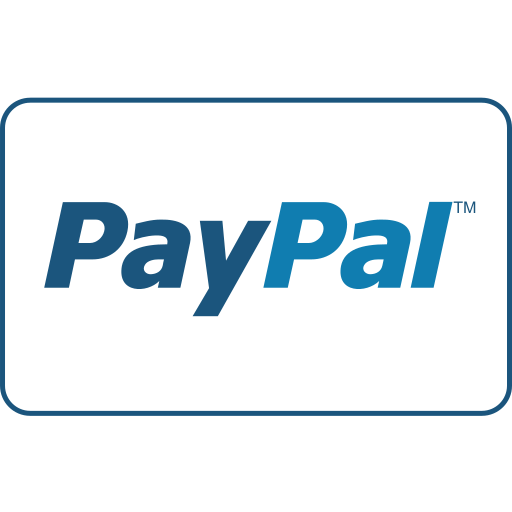
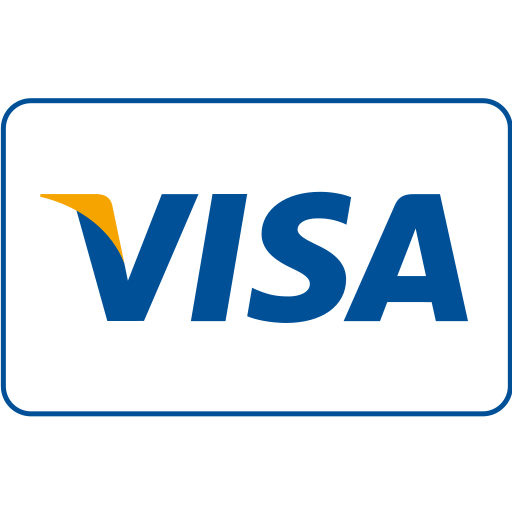
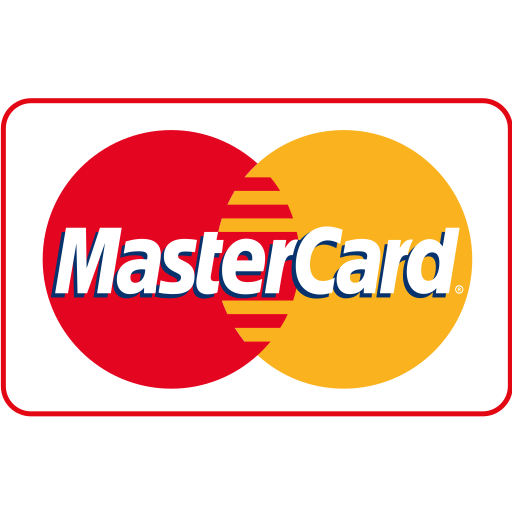
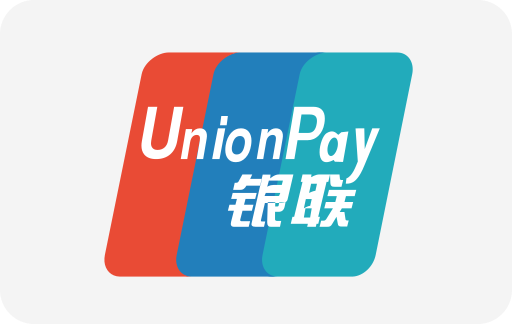
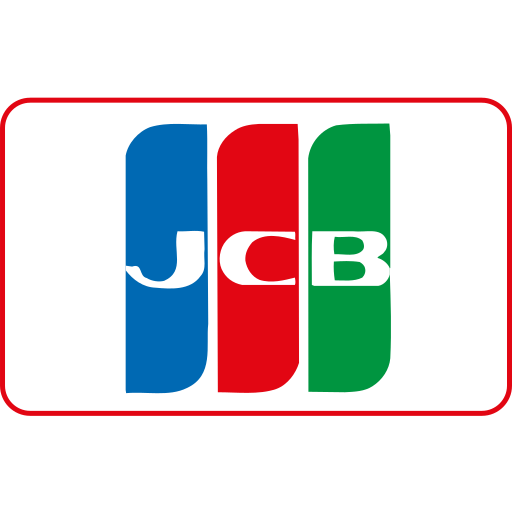
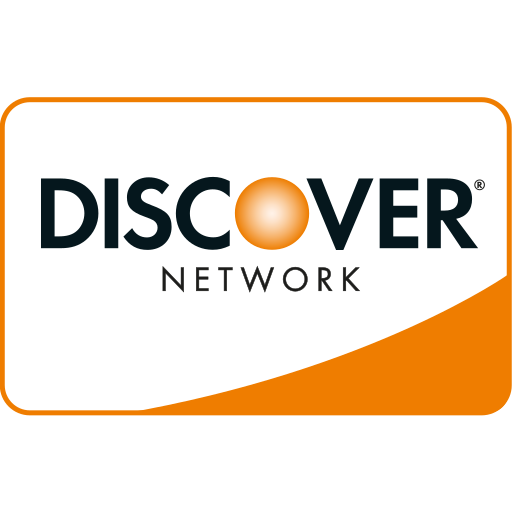

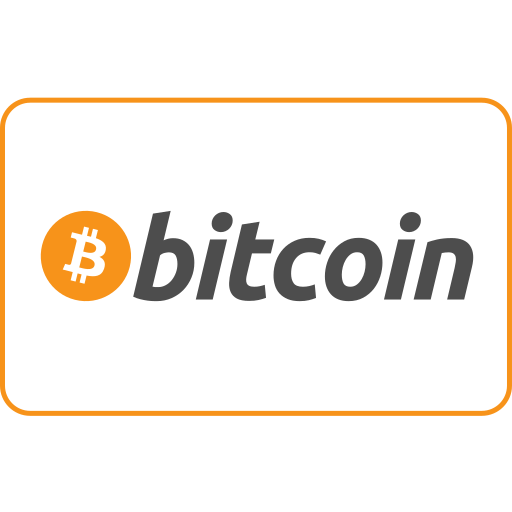
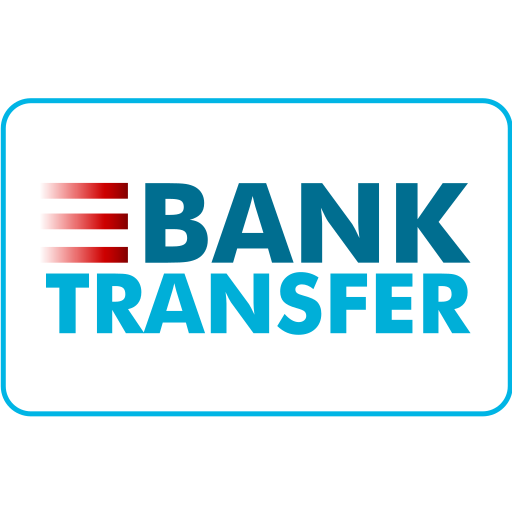
Ang PH Ranking ay nag-aalok ng pinakamataas na kalidad ng mga serbisyo sa website traffic sa Pilipinas. Nagbibigay kami ng iba’t ibang uri ng serbisyo sa trapiko para sa aming mga kliyente, kabilang ang website traffic, desktop traffic, mobile traffic, Google traffic, search traffic, eCommerce traffic, YouTube traffic, at TikTok traffic. Ang aming website ay may 100% kasiyahan ng customer, kaya maaari kang bumili ng malaking dami ng SEO traffic online nang may kumpiyansa. Sa halagang 720 PHP bawat buwan, maaari mong agad pataasin ang trapiko sa website, pagandahin ang SEO performance, at pataasin ang iyong mga benta!
Nahihirapan bang pumili ng traffic package? Makipag-ugnayan sa amin, at tutulungan ka ng aming staff.
Libreng Konsultasyon